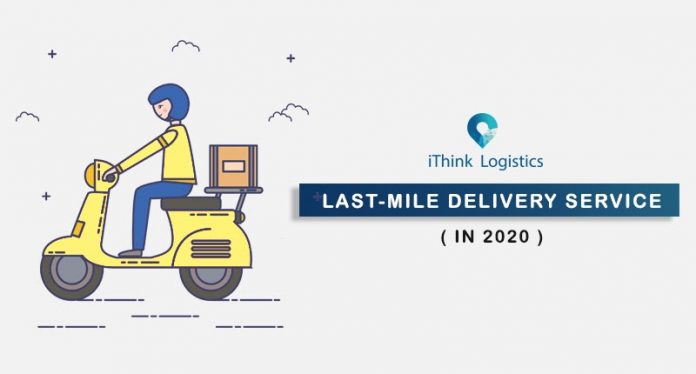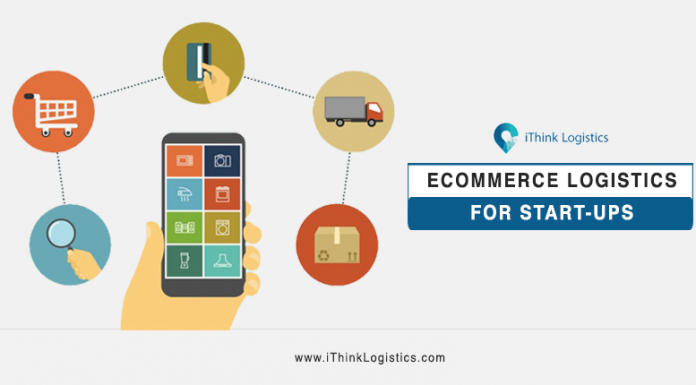Significantly emerging as one true competitive advantage, delivery is an important concept for local retailers all around the world. As per a survey, with the evolution of e-commerce logistics, the demand for accurate deliveries has been immensely growing on grounds of expectations with online and offline shopping. Speaking from the customers’ perspectives, the inclination has been visibly much more on getting same-day delivery and can be standing out as an eminent factor where offline shopping can go above the demands from online shopping. The term last-mile logistics or last-mile delivery has been one of the most underrated terms and mostly misunderstood when considered to transportation networks.
From a superficial level, last-mile delivery looks like one of the elements involved in logistics and might not seem to be that crucial. However, when calculated for real, it adds up to being a profitable share of 28 percent in a shipment’s total costing. With this, the radicalization of how shippers are viewing last-mile logistics is also an important factor in the growth in eCommerce.
Before getting deeper into the facts and benefits of last-mile delivery, it is important here to understand the inherent concept of the same. To help your logistics business grow further at a prospective pace, last-mile logistics can play a pivotal part and overcoming its challenges impacts e-commerce and omnichannel supply chains.
What is Last-Mile Delivery?
Going by the simplest definitions, last-mile delivery is the final step involved in a delivery process that has been initiated from a respective distribution center or a facility to finally reach to the end-user (customer). Quite often, last-mile logistics deals in the usage of a parcel or small package carriers while delivering respective products to the consumers.
According to one of the largest MNC dealing with logistics, parcel shipment has been valued to be more than $83 billion. With regards to the mounting e-commerce market, this industry share can stand out to be double in amounts or even much more with a rough estimation of ten years being in the mature markets. As per many established shippers playing in the current market, last-mile logistics has gained a fined identity of being a cornerstone that can be essentially vital to the growth and profitability of the business.
Forecast of last-mile delivery in 2020
With technology advancing, on the other hand, the scope of last-mile logistics seems to be having, even more, a broader picture. Here are few of the highly discussed forecasts of last-mile delivery in 2020:
Rising Expectation of Consumers
The calculation of rising expectations is way more than actually in its currents state. The trend of taking up to a few days of delivery is slowly fading out of the market with consumers’ demands wanting to receive same-day deliveries. Based on the same estimation of rising expectations, same-day deliveries are soon to take over days-deliveries in the year 2020. Although this can be pressurizing on retailers who are trying to compete with eCommerce giants like Amazon, yet in regards to supplying to the demands remains as the core objective. This forecast has been made for a survey that revealed that customers’ expectation in getting faster deliveries has been significantly rising with online shopping.
Here is a global comparison of an e-commerce business: https://dsim.in/blog/2019/01/16/a-global-comparison-of-e-commerce-business/
Local Same-Day Delivery from Brick-And-Mortar Retailers
Based on market observation, the influx of retailers who have been looking for same-day delivery services has been visibly high. Primarily owned by the restaurant industry same-day delivery has been predominantly limited to this specific industry only.
When gradually it spread out to brick and mortar retailers, it had geographical limitations. Here when online retailers and sellers had gained the leverage of worldwide logistics facilities and leveled up in being delivery experts meeting the customers’ expectations. However, the advantage to brick and mortar retailers remains still high with proven surveys on customers being willing to pay extra amounts to their local retailers to get same-day delivery.
Consolidation among Delivery Networks
Last-mile delivery 2020 sees a strong base of revealing a sustainable business model for logistical networks. This will be primarily because; the decrease in the competition will accelerate to pricing power and thereby will permit in eliminating unnecessary expenses. Additionally, this will also lead to enhanced concentration in delivery density. The other perspective of this forecast is that retailers can face increased costs due to outsourcing deliveries. However, this can be overcome, by adding an in-house delivery system and can leverage last-mile delivery against the advanced and inevitable future.
Advanced Forms of Delivery
With the exponential progress happening in the world of technology the wonders that are yet to come in the logistical industry is truly mind-boggling one of the such forecasted winders of the logistical industry in regards to the last mile delivery is robotic forms of delivery, i.e. drone, and autonomous network. Although the forecasted deployment seems to be mot much ahead than 2022 and still faces regulatory issues, yet the amazement of it being for real is way too high. One of the challenges of this is the hardware costs that will be incurred while testing and managing the entire system.
Vital Aspect of Modern E-Commerce and Omnichannel Supply Chains
Permitting and leveraging shippers to help their products reach to their targeted consumers faster with cost-effectiveness, last-mile logistics has a contributory part in e-commerce and omnichannel supply chain. With consumers willing to pay extra for faster deliveries, the sales are estimated to hit a skyrocketing figure of more than $2.4 trillion wide by 2020, thereby increasing the demands for last-mile logistics. With big sized eCommerce brands that have already shaped out their last-mile logistics pretty well, the opportunity and scope for small and midsized shippers can be equally healthy and wide in taking a considerable amount of hare in the growing market.
Conclusion
Thus, last-mile delivery being debunked as one of the crucial factors of logistics, there is no room for doubts to consider as being a vital factor in contributing growth and scalability of the logistical business. With the advancement in technology and innovations paving way for the future in 2020, there are yet a lot more to come in regards to last-mile delivery.









